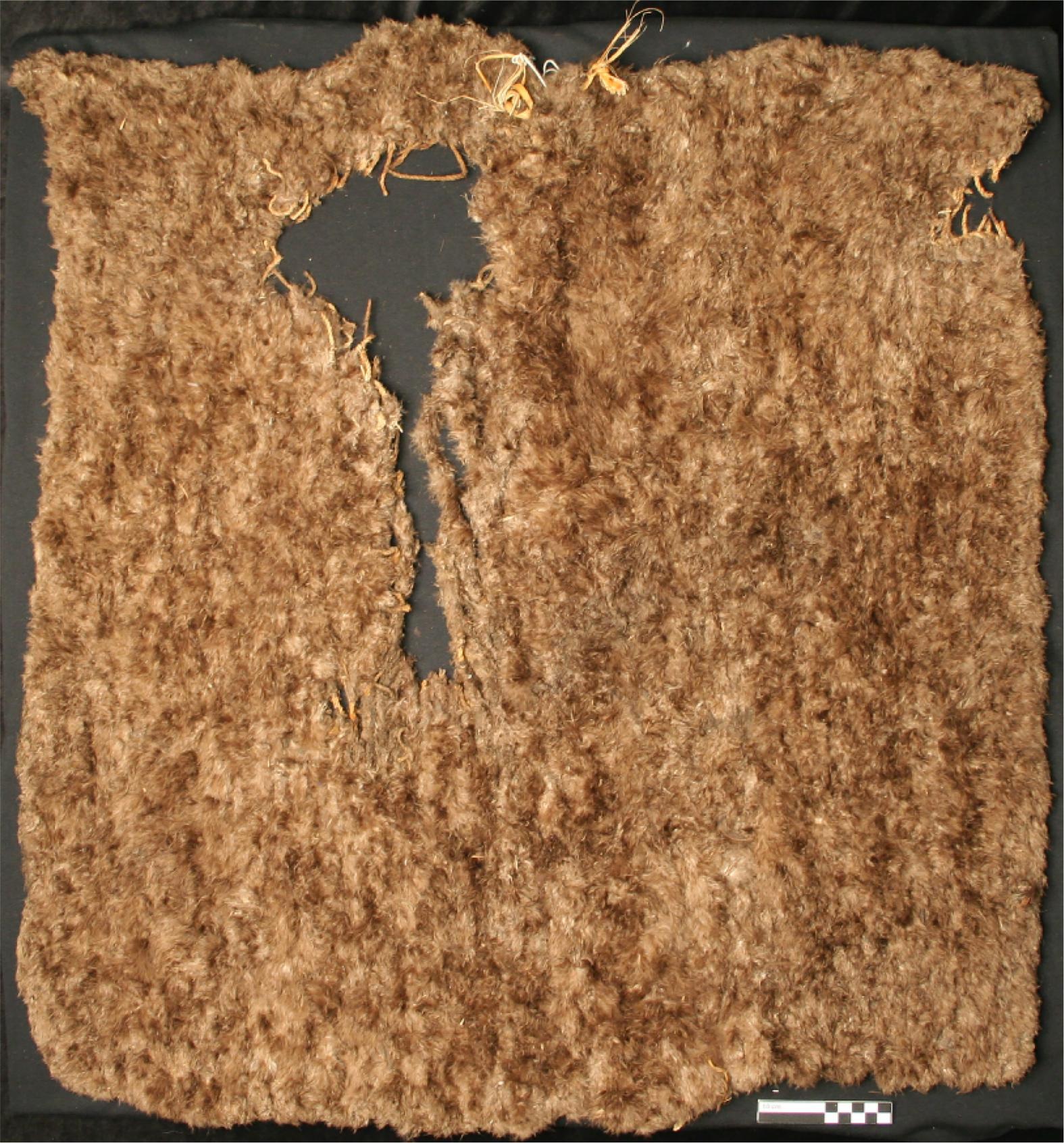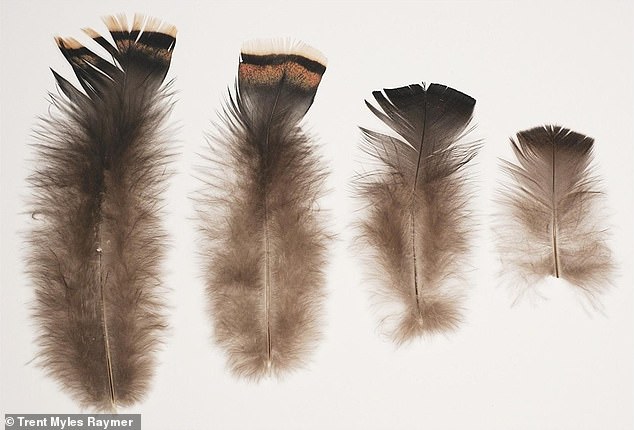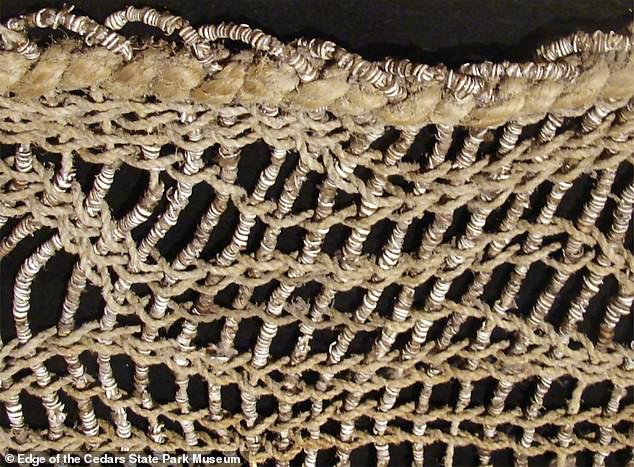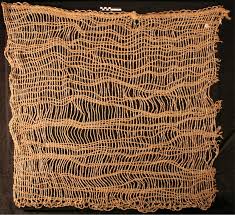A recent study published in the Journal of Archaeological Science: Reports has revealed the intricate and sustainable craftsmanship of the Ancestral Pueblo people in the Southwest. These indigenous communities used over 11,000 turkey feathers to create a single blanket, showcasing their resourcefulness and cultural reverence for turkeys. The study highlights the significance of these feathered blankets, not just as functional items, but as symbols of the deep connection between the Pueblo people and the natural world around them.
The Craftsmanship Behind the Feathered Blankets

The study focused on a yucca fiber blanket framework displayed at the Edge of the Cedars State Park Museum in Blanding, Utah. While the feathers themselves were lost due to insect activity, the rachises—the central shafts of the feathers—remained embedded in the yucca warp cords.
By analyzing this featherless framework alongside a smaller blanket dating back to the 1200s with intact feathers, researchers concluded that the original blanket would have contained approximately 11,550 feathers. This astonishing number was estimated based on comparisons with the pelts of adult wild turkeys, which share anatomical similarities with the now-extinct domestic turkeys of the Ancestral Pueblo people.
A Sustainable and Durable Choice

Turkey feathers provided better insulation than the previously used cottontail rabbit fur strips, making them a preferred material for blankets among prehistoric foragers in the western regions. Unlike rabbit skins, which required the animal’s death, turkey feathers could be sustainably harvested multiple times over the bird’s lifetime, which could extend beyond ten years.
This made turkey feathers not only a more sustainable choice but also a more durable one. The widespread use of turkey feather blankets in Pueblo communities suggests that each household likely had a feathered blanket for every family member, whether as a wearing blanket, a bed blanket, or a funerary wrapping.
Cultural and Historical Significance

Blankets, mantles, and robes lined with turkey feathers were highly valued in the Ancestral Pueblo communities of Colorado, Utah, New Mexico, and Arizona, collectively known as the Upland Southwest. These regions, characterized by high altitudes and cold winters, saw the introduction of turkey feather blankets during the Basketmaker II period (400 B.C. – 500 A.D.). The shift to permanent settlements driven by maize cultivation marked the beginning of this tradition. Although turkeys were domesticated as early as the first two centuries, they didn’t become a significant food source until the 12th century.
The Reverence for Turkeys in Pueblo Culture
Feathers for these blankets were most likely collected from live birds, although feathers from natural molts or recently killed birds may have also been used. This sustainable practice allowed for feather collection several times a year throughout a turkey’s life. According to Professor Lipe, the turkeys that supplied the feathers for the blanket analyzed in the study, likely made in the early 1200s CE, were treated with great respect. These birds were considered important to the household and were likely buried whole after their natural death.
This reverence for turkeys and their feathers persists in Pueblo culture today, as seen in dances and rituals where turkey feathers hold a place of symbolic and cultural importance alongside eagle feathers.
Conclusion
The ancient Puebloan blanket made from 11,550 turkey feathers is more than just a remarkable artifact; it is a testament to the ingenuity, sustainability, and deep cultural values of the Ancestral Pueblo people. Through careful and respectful use of natural resources, they created objects that not only served practical purposes but also held profound cultural and spiritual significance. This study sheds light on the enduring legacy of these ancient communities and their harmonious relationship with the natural world.
